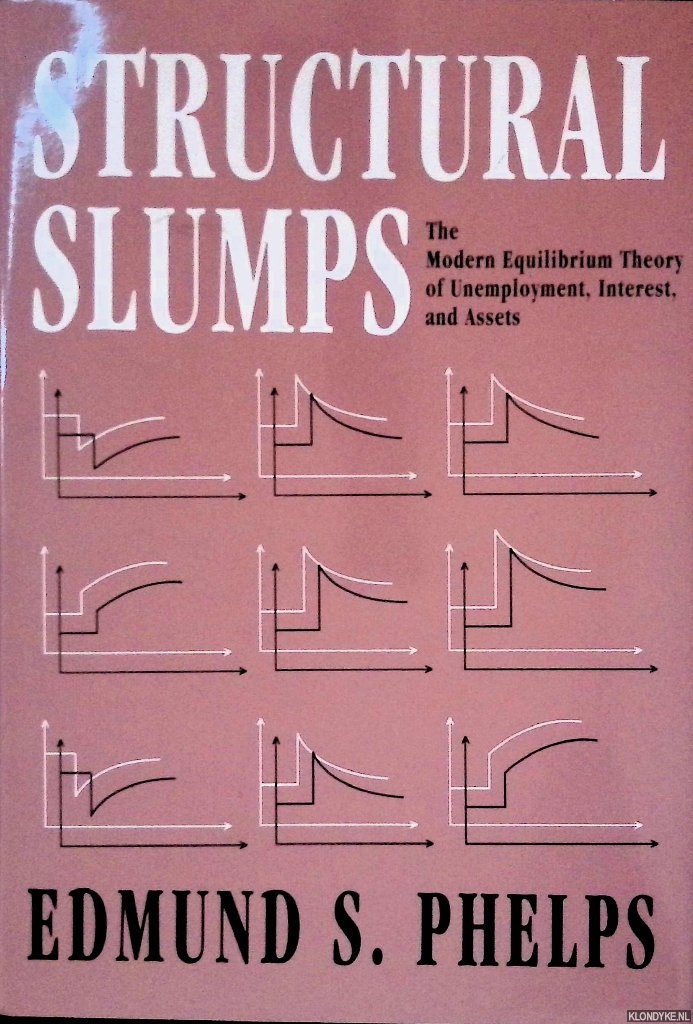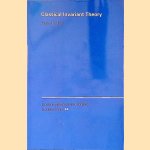
Onze boeken
Structural Slumps: The Modern Equilibrium Theory of Unemployment, Interest, and Assets
Door Edmund S. Phelps
Categorie | Algemeen wetenschap |
|---|---|
Boeknummer | #350118-ZB2 |
Titel | Structural Slumps: The Modern Equilibrium Theory of Unemployment, Interest, and Assets |
Auteur | Phelps, Edmund S. |
Boektype | Gebonden hardcover met stofomslag |
Uitgeverij | Harvard University Press |
Jaar van uitgave | 1994 |
ISBN10 | 0674843738 |
ISBN13 | 9780674843738 |
Taal | Engels |
Beschrijving | Original boards, dust jacket, illustrated with some equations, graphs and diagrams, 8vo. |
Samenvatting | Dissatisfied with the explanations of the business cycle provided by the Keynesian, monetarist, New Keynesian, and real business cycle schools, Edmund Phelps has developed from various existing strands-some modern and some classical--a radically different theory to account for the long periods of unemployment that have dogged the economies of the United States and Western Europe since the early 1970s. Phelps sees secular shifts and long swings of the unemployment rate as structural in nature. That is, they are typically the result of movements in the natural rate of unemployment (to which the equilibrium path is always tending) rather than of long-persisting deviations around a natural rate itself impervious to changing structure. What has been lacking is a "structuralist" theory... (Lees verder) of how the natural rate is disturbed by real demand and supply shocks, foreign and domestic, and the adjustments they set in motion. To study the determination of the natural rate path, Phelps constructs three stylized general equilibrium models, each one built around a distinct kind of asset in which firms invest and which is important for the hiring decision. An element of these models is the modern economics of the labor market whereby firms, in seeking to dampen their employees' propensities to quit and shirk, drive wages above market-clearing levels-the phenomenon of the "incentive wage"--and so generate involuntary unemployment in labor-market equilibrium. Another element is the capital market, where interest rates are disturbed by demand and supply shocks such as shifts in profitability, thrift, productivity, and the rate of technical progress and population increase. A general-equilibrium analysis shows how various real shocks, operating through interest rates upon the demand for employees and through the propensity to quit and shirk upon the incentive wage, act upon the natural rate (and thus equilibrium path). In an econometric and historical section, the new theory of economic activity is submitted to certain empirical tests against global postwar data. In the final section the author draws from the theory some suggestions for government policy measures that would best serve to combat structural slumps. |
Pagina's | 420 |
Conditie | Goed |
Prijs | € 10,00 |

Onze gebruikte boeken verkeren in goede tweedehands staat, tenzij hierboven anders beschreven. Kleine onvolkomenheden zijn niet altijd vermeld.










